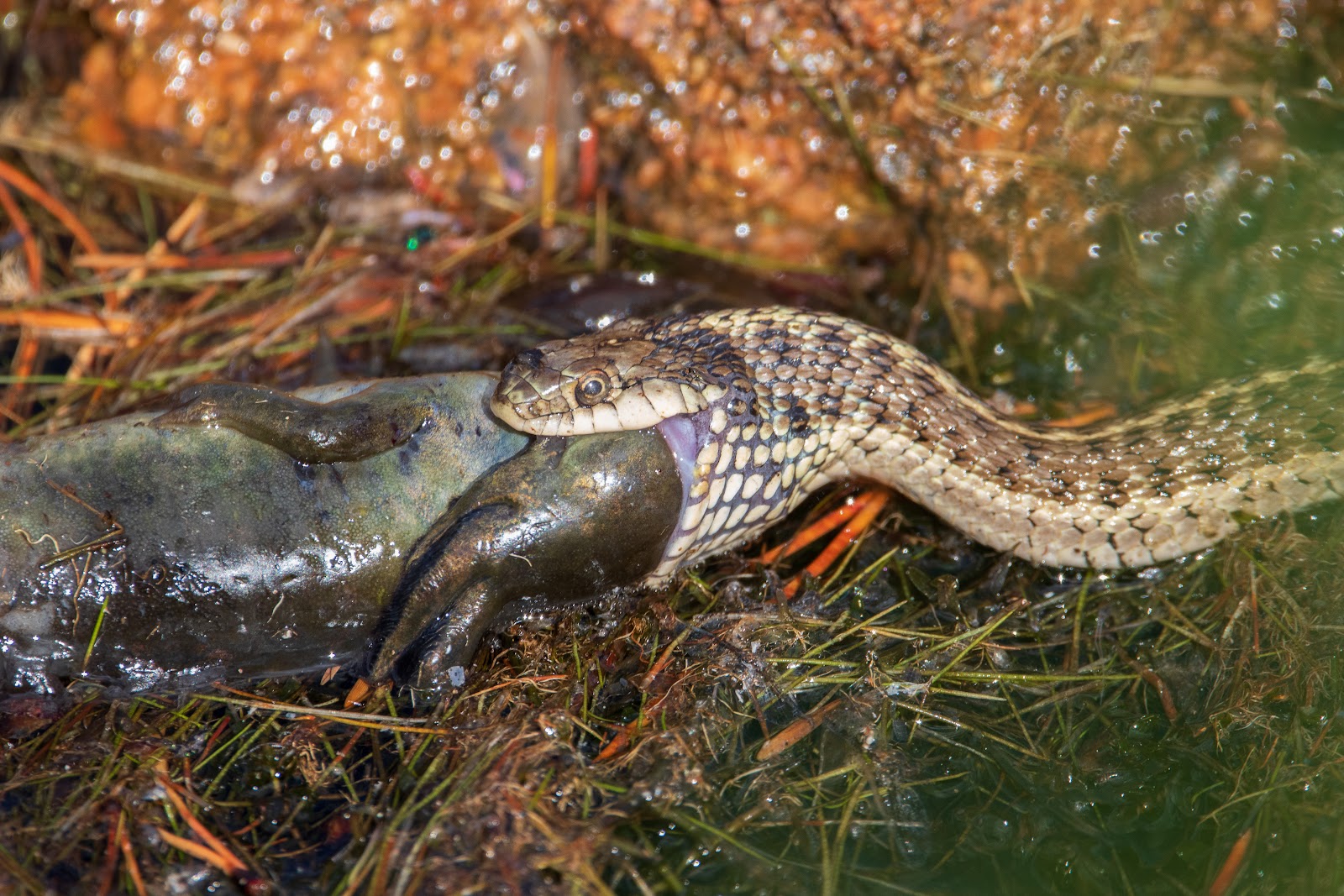Fire
in the Ozarks
Spoiler Alert! This ends with a great movie.
Where there are
forests there are fires. For
thousands of years, humans have created forest fires by accident or on purpose,
shaping the Missouri landscape. While
lightening sparks an occasional wildfire, human activity today causes about 99%
of fires. Native Americans, we now know, used fires to their advantage. In
1750, Father Vivier described the effect of this burning:
… wherein trees are almost as thinly
scattered as in our public promenades. This is partly due to the fact that the
savages set fire to the prairies toward the end of autumn, when the grass is
dry; the fire spreads everywhere and destroys most of the young trees.
Henry
Rowe Schoolcraft, traveling through the Ozarks in 1819, described a landscape
of prairies, oak savannas and oak-pine forests shaped by fire. He didn’t know
that Native Americans had used fire as a
tool for promoting hunting. Lacking ways
of controlling the burn, Native Americans would allow a wildfire to spread for
miles, widely suppressing the growth of trees. The result was large areas of
grasslands and savannas, providing food for bison, elk and deer, and openings
in the forest for sun-loving fruits and berries.
Studies
of dendrochronology have shown a link between population density and the
frequency and intensity of fire over the last four-hundred years. While sparsely populated areas had fires
every ten to thirty years on average, more populated lands recorded fires every
one to five years. As groups of Native
Americans were driven westward and the population of fire-using Euro-American
settlers expanded, fire frequency actually increased in some areas.
They began seasonal burning of
the cut over woods to encourage fresh grass for grazing, as well as ridding the
land of ticks and snakes. This practice suppressed
the regrowth of timber and woody plants, further depleting the leaf litter and
organic matter that formerly covered the forest floor, intercepting and holding
rainfall. Attempts to grow crops on old forest land resulted in more rapid
runoff and erosion. With a loss of shallow groundwater recharge, many of the
perennial springs dried up, providing yet another challenge to the subsistence
of the settlers.
It wasn’t until the first
quarter of the twentieth century that the government stepped in to manage and
protect Missouri’s degraded forests. In 1925, the Missouri Legislature
appropriated $10,000 to create a Department of Forestry, but the governor
promptly vetoed the bill. The idea of
protecting forests as public land might have died except for the creation of
the Missouri Forestry Association, a coalition of private citizens and wood-using
industries. This organization raised funds from public subscription and hired a
forester for fire prevention education. He drove around in a Model-T nicknamed
the “Showboat,” hauling a trailer with a generator and motion picture projector,
showing the film, Trees of Righteousness, all around Missouri. In the days before widespread electrification,
the mere presence of a movie in the woods brought out large curious crowds. The 1925 silent film is combined in three
reels of 20 minutes each and you can see it on Youtube at this link.
 The federal government
intervened in the protection and management of forest lands in 1911 with the
passage of the Weeks Act. This allowed the government to purchase land to set
aside in National Forests in order to protect watersheds and wildlife habitat
and provide for sustainable wood production. The Mark Twain National Forest was
created, now encompassing over one million acres in the state. Modest
investments in firefighting equipment and fire towers promoted early detection
and suppression of wildfires. With the
creation of the Missouri Department of Conservation in 1937, a state agency
also began to work toward better management of Missouri’s forests.
The federal government
intervened in the protection and management of forest lands in 1911 with the
passage of the Weeks Act. This allowed the government to purchase land to set
aside in National Forests in order to protect watersheds and wildlife habitat
and provide for sustainable wood production. The Mark Twain National Forest was
created, now encompassing over one million acres in the state. Modest
investments in firefighting equipment and fire towers promoted early detection
and suppression of wildfires. With the
creation of the Missouri Department of Conservation in 1937, a state agency
also began to work toward better management of Missouri’s forests.
A sizeable part of the Bull
Creek watershed is in the Mark Twain National Forest, especially in the
headwater areas. Private landowners still hold onto much of the cleared
bottomland with its more fertile soils. In Linn Township, where our property is
located, 70% of the land is owned by the Forest Service.
Enhanced fire control measures
in the 1960s, along with robust reforestation programs promoted by the
Conservation Department, led to a significant regrowth of the state’s forests.
The accessibility of publicly-owned forest land has created great opportunities
for hunting, hiking, camping and in some designated areas, off-road vehicle
recreation. To some extent, the availability of these activities has led to an
increase in the human population of Linn Township.
We have also re-discovered the
value of fire as a management tool for maintaining high-quality prairies,
glades and even woodlands. Prescribed burns (a controlled fire with a defined
purpose) can foster improved wildlife habitat, plant diversity, and even timber
production. Controlled burns are even used
for reestablishing oak woodlands as part of TSI (Timber Stand Improvement),
removing shrub undergrowth to allow sunlight to reach the forest floor and nourish the new young oaks.
I would highly recommend turning
off the sound and watching Trees of Righteousness at this Youtube link.













